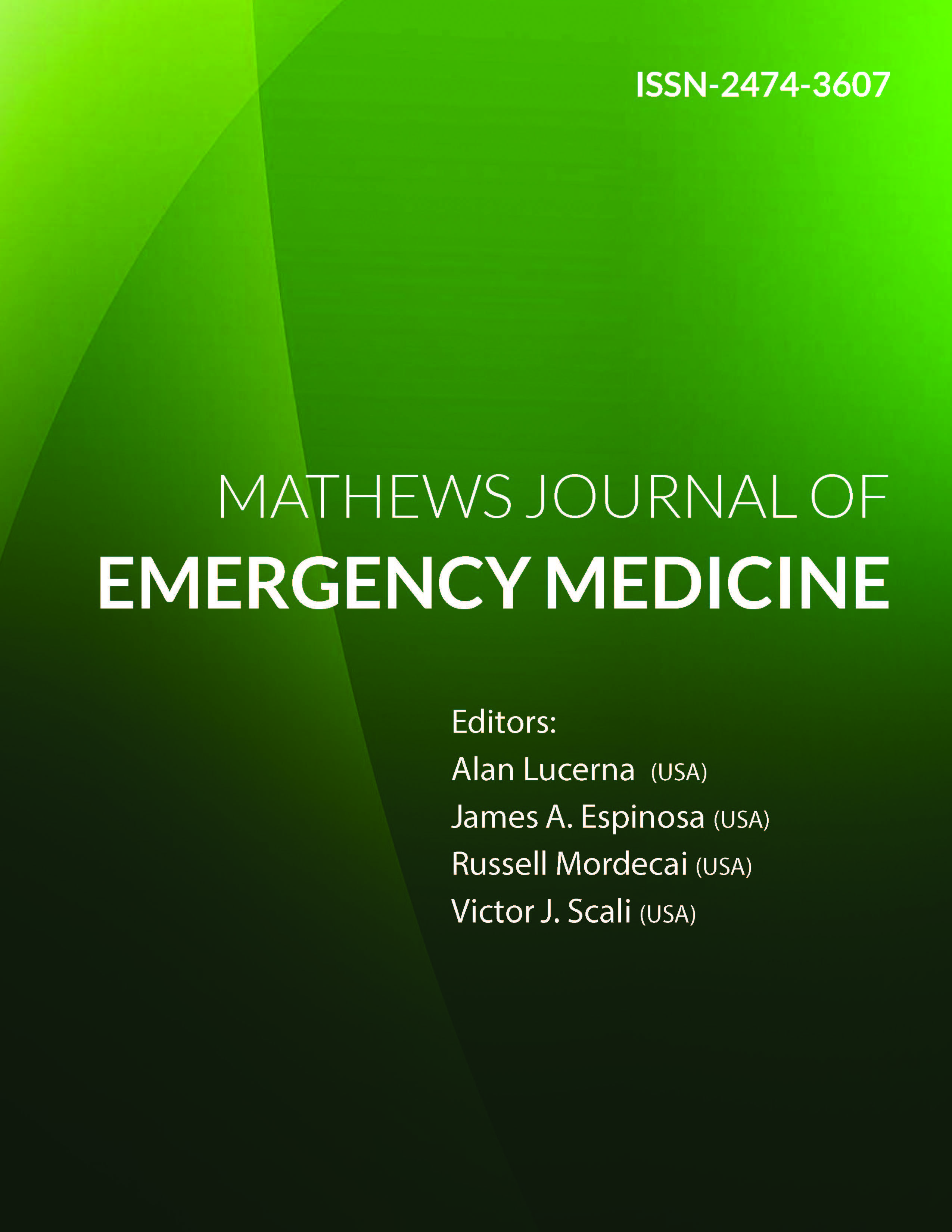
Information Links
Previous Issues Volume 1, Issue 1 - 2016
Assessment of Emergency Medicine Resident Accuracy and Effect of a Training Intervention in the Determination of Cervical Size and Effacement Using a Standardized Cervical Training and Examination Model
Dilip Yarabothu1 , Matthew Cauchon2 , James Espinosa3 , Victor Scali4
1Department of Emergency Medicine, Southern New Hampshire Health System, Nashua, NH, USA
2Department of Emergency Medicine, Eastern Connecticut Health Network, Manchester, CT, USA
3Department of Emergency Medicine, Rowan University SOM Kennedy University Hospital, Stratford, NJ, USA
4Program Co-Director, Emergency Medicine Residency, Rowan University SOM
Corresponding Author: James Espinosa, Department of Emergency Medicine, Rowan University SOM Kennedy University Hospital, 18 East Laurel Road, Stratford, NJ 08084, USA, Tel: +1 646 241 5695; E-Mail: [email protected]
Received Date: 24 Feb 2016
Accepted Date: 05 Mar 2016
Published Date: 12 Mar 2016
Copyright © 2016 Espinosa J
Citation: Yarabothu D, Cauchon M, Espinosa J and Scali V. (2016). Assessment of Emergency Medicine Resident Accuracy and Effect of a Training Intervention in the Determination of Cervical Size and Effacement Using a Standardized Cervical Training and Examination Model. Mathews J Emergency Med. 1(1): 001
ABSTRACT
Women who present to the Emergency Department in their second or third trimester complaining of abdominal pain or cramps require an expeditious exam and determination of their status of possible labor. The discernment of cervical size is a core physical finding in assessing the progress of labor.
The objectives of this study were to determine the accuracy of emergency medicine residents in determination of cervical dilation and effacement using a standardized cervical training model before and after completion of a training module. The results of this study suggest that a training intervention, using a standardized cervical dilatation and effacement model and associated training module, is associated with a statistically significant improvement in post-test scores in comparison to pre-test scores. It would appear that the training module itself was the prime determinant of this change. Such an increase in accuracy would logically allow an emergency resident to more accurately convey a patient's status, to convey this status to an obstetric physician, and more importantly, make a suitable decision on transferring a patient to definitive care in a safe and timely manner. Future research could involve testing the duration and durability of the training effect.
KEYWORDS
Emergency Medicine Resident Education; Resident Education; Training Determination of Cervical Size; Emergency Department Obstetrical Training; Emergency Delivery Training.